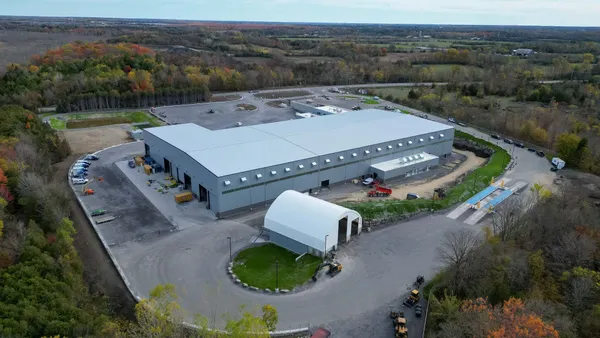Dive Brief:
- New and pending industry regulations will result in a 15% loss in productivity, including major impact to the driver labor pool, said Founder and President of National Transportation Institute (NTI) Gordon Klemp. Electronic logging devices (ELD) already in use, forthcoming speed limiters, and increased drug testing using hair are among the main workforce deterrents.
- Surveyed fleet companies that used ELDs experienced an immediate 10% to 15% drop in productivity, which has since leveled out to 5%. The speed limiter rule is projected to result in a 3% to 5% drop in productivity, though there will be divergence in that figure. And hair testing initially lopped 11.6% of applicants from the candidate pool, though that stat dropped back to 5%, which Kemp speculates is because many would-be candidates chose not to be tested when the test was introduced.
- Adding to the problem is a workforce reduction due to early retirements and burn out, according to NTI COO Leah Shaver. It’s estimated that a third of drivers eligible to retire, or nearing that time, may leave.
Dive Insight:
"Regulatory drag" is not a new industry issue, but the solid waste management sector is about to take a harder hit, Shaver explained.
ELDs can throw a wrench in the productivity picture because of the demands of the transition; drivers are not trained on their use, and motor carriers also have a learning curve as they work to figure out the technology. Meanwhile the workforce is aging, "and that’s not what we want in a tough job like truck driving," Shaver said to Fleet Owner. 34.3% of the truckers are 45 to 54, and 13.9% are 55 to 64.
“Ultimately we know age is a problem right now, and it will continue to be an issue. We are not recruiting our children and grandchildren to do this job,” she said.
Klemp noted that most drivers that use the technology for 30 days end up comfortable with it as they have adjusted to it, but it’s getting drivers to stick with it that long that could be problematic from a workforce retention perspective.
However, the new and pending industry regulations are being presented for a reason: more accuracy and higher levels of safety throughout the industry. While proposed rules, such as seat belt mandates, may slow a truck driver down, they are imposed so that drivers, passengers, and surrounding pedestrians are kept safe — especially in an industry that is plagued by a high rate of fatalities.








